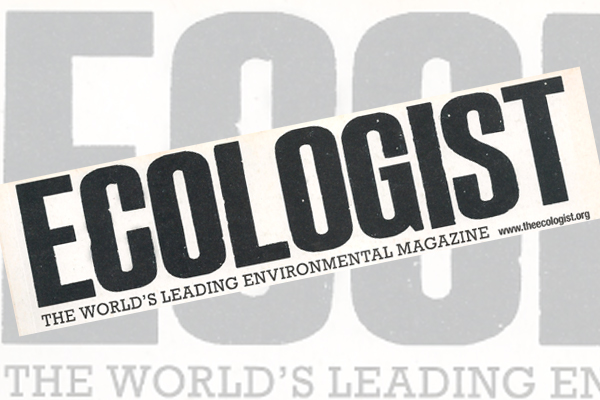Editorial: It’s the Vaccine, Stupid

Nobody made a big deal of the court decision. In fact the adjudication was shrouded in so much medico-legal babble that a lot of newspapers shied away from reporting it. Nevertheless, quietly and with as little fanfare as possible, the US courts have conceded a case in which a childhood vaccine caused autism.
There were dozens of qualifying statements, of course. The little girl was found to have a ‘rare’ mutation on a gene, T2387C, whose function no-one fully understands. This mutation apparently made her vulnerable to chemical assaults that can trigger neurological changes that mimic autism. In its written concession, the government exhibited the kind of furious semantic back-pedalling that suggests it is doing all it can to keep the floodgate for future claims closed:
‘The vaccinations received on July 19, 2000 significantly aggravated an underlying mitochondrial disorder which predisposed her to deficits in cellular energy metabolism and manifested as a regressive encephalopathy with features of ASD [autism spectrum disorder].’
There are currently another 4,900 cases of alleged vaccine damage in front of the US courts. Zeroing in on the words ‘aggravated’ and ‘manifested’, campaigners reasoned that if a vaccine can aggravate an underlying condition that, in turn, can manifest into autism or autismlike symptoms, then the vaccine really did cause the disorder.
As campaigner David Kirby, author of the book Evidence of Harm, pointed out in a recent and very lucid summary of the case: ‘When a kid with a peanut allergy eats a peanut and dies, we don’t say “his underlying metabolic condition was significantly aggravated to the extent of manifesting as anaphylactic shock with features of death”… we say the peanut killed the poor boy.’
Like so many disorders, autism is really a collection of symptoms that has been brought together under the banner of a catch-all name. Do the courts concede that some cases of autism are not really autism at all, but something else – and in the end does this distinction even matter? The fallout for the child and the family is just as devastating. And the distinction between ‘aggravated’ and ‘caused’ seems frustratingly, and perhaps purposely, vague.
Mitochondrial disease is considered rare in the general population. But among people with autism the incidence is between 10 and 20 per cent, making it thousands of times more common among these individuals. If this statistic holds true among those cases before the US Vaccine Courts then some 500 to 1,000 similar concessions could be on the cards, and that is a story that can’t be ignored.
The case is important not only for long-time opponents of vaccines, but also for anyone concerned about the daily chemical assault on our bodies that comes with modern life. The nagging question has long been, how do we know who is most vulnerable? The answer is we don’t know. Nobody is doing the research because there are just too many potential legal liabilities if they actually find out.
We know that, in general, foetuses and children are more vulnerable to chemical assaults because their bodies are growing and changing rapidly. But cases such as this show that for all our apparent medical and scientific sophistication we still know almost nothing about the intricate workings of the human body. Any minute, an underlying chink in the DNA armour could mean the difference between one person getting sick when exposed to a poison and another remaining unharmed. That, in part, is why we have – or should have – the Precautionary Principle; to protect the most vulnerable from both current and future harm.
As these vaccine cases unfold in the US we may have to start weighing up ‘just-in-case’, precautionary medicines more carefully against a more sophisticated concept of precaution.
- This editorial first appeared in the April 2008 edition of the Ecologist.












